What are Carnivorous Plants?
Carnivorous plants are predatory flowering plants which seek nutrition by killing animals. They have three features that make them different from the normal plants. First, they have the ability to kill the prey.
Carnivorous plants or insect-eating plants are found in almost every country around the world. These plants derive their nutrition from trapped insects and also gain some energy through photosynthesis. These plants are usually found in forested areas with dense vegetation. They are also commonly grown indoors by plant enthusiasts and gardeners.
Carnivorous Plant Genera arranged by plant order
Insect-eating plants come in many types, and according to estimates, there are more than 583 species of these plants that trap prey and derive their nutrients from these living beings. When they don’t find prey, they can survive on photosynthesis and grow for a few days. However, they are pretty high maintenance, especially when kept indoors.

Source: Pinterest
Insect-eating plants come in a variety of colours and shapes. Most of them have visible contraptions that are used to hunt prey. Some may even respond to the human touch but won’t actually hurt. Pitcher plants can grow rapidly and become pretty bushy in a short time. Most of these plants do not grow to great lengths but rather hang from trees or high places. The biggest pitcher plants can be the size of a human arm. Venus flytrap is smaller and usually won’t cross the size of your wrist.
Insect eating plants: Key facts
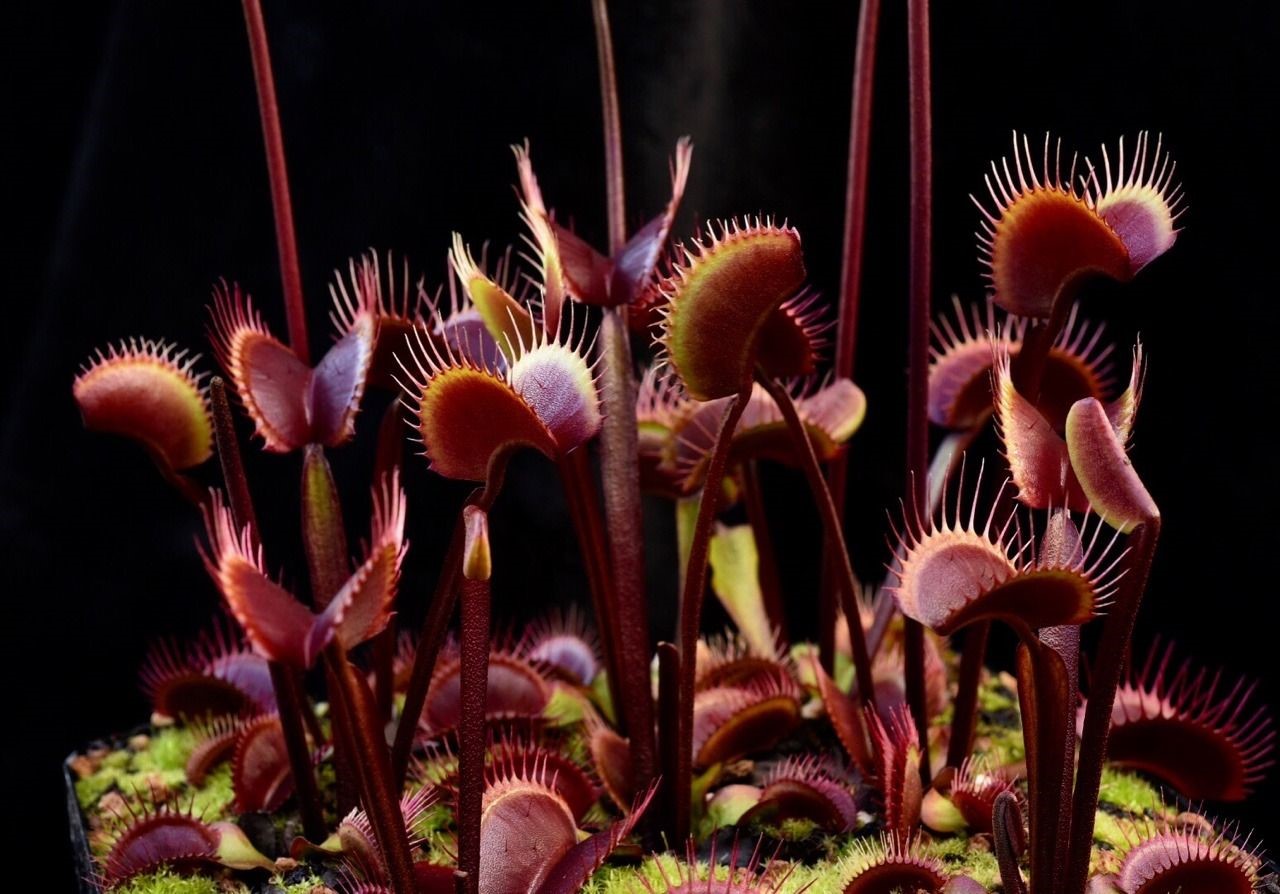
Source: Pinterest
| Name: | Carnivorous plants |
| Type: | Evergreen |
| Common plants: | Venus flytrap, pitcher plant, etc. |
| Soil Requirements: | Nitrogen-deficient soil |
| Temperature: | 20°C-25°C |
| Light: | Indirect bright light |
| Watering: | Small quantities |
| Frost Tolerance: | No |
| Season: | All year |
| Fertiliser: | High nitrogen fertiliser |
| Indoor/Outdoor: | Both, mostly indoor |
Insect eating plants: Characteristics
The distinctive characteristics of insectivorous plants are outlined below:
- Nitrogen deficiency: These plants are typically found in locations where certain nutrients, particularly nitrogen, are scarce. They capture insects and digest them to fulfil their nitrogen requirements.
- Attractants: Insectivorous plants exhibit bright and shiny appearances to lure insects. They often produce nectar and emit pleasant odours to entice unsuspecting insects.
- Inescapable traps: Many insectivorous plants possess specialised or modified plant parts designed to trap insects effectively. The edges of their mouths are lined with hairs that snap shut upon contact with an insect, ensnaring them. Some plants have stalks covered in sticky mucus-like substances that immobilise insects.
- Digestive enzymes and organisms: Certain insectivorous plants secrete digestive enzymes that dissolve captured insects for absorption. Others contain bacteria or mites in their digestive tract, mimicking the functions of the human digestive system to digest the prey and enable nutrient absorption by the plants.
- Wet and damp habitats: Insectivorous plants primarily thrive in wet, damp, humid, and acidic soil, which is often deficient in nutrients. They are commonly found in locations such as swamps, bogs, wetlands and coastal plains. These unique plants are prevalent in wet regions across North America, Australia and tropical areas.
Types of insect eating plants
Insect-eating plants come from a variety of species and families. These plants also have some unique shapes and trapping mechanisms. Their unique trapping mechanisms help identify the plant as well. Here are some of the most common types of insect-eating plants that are known to people:-
Venus Flytrap
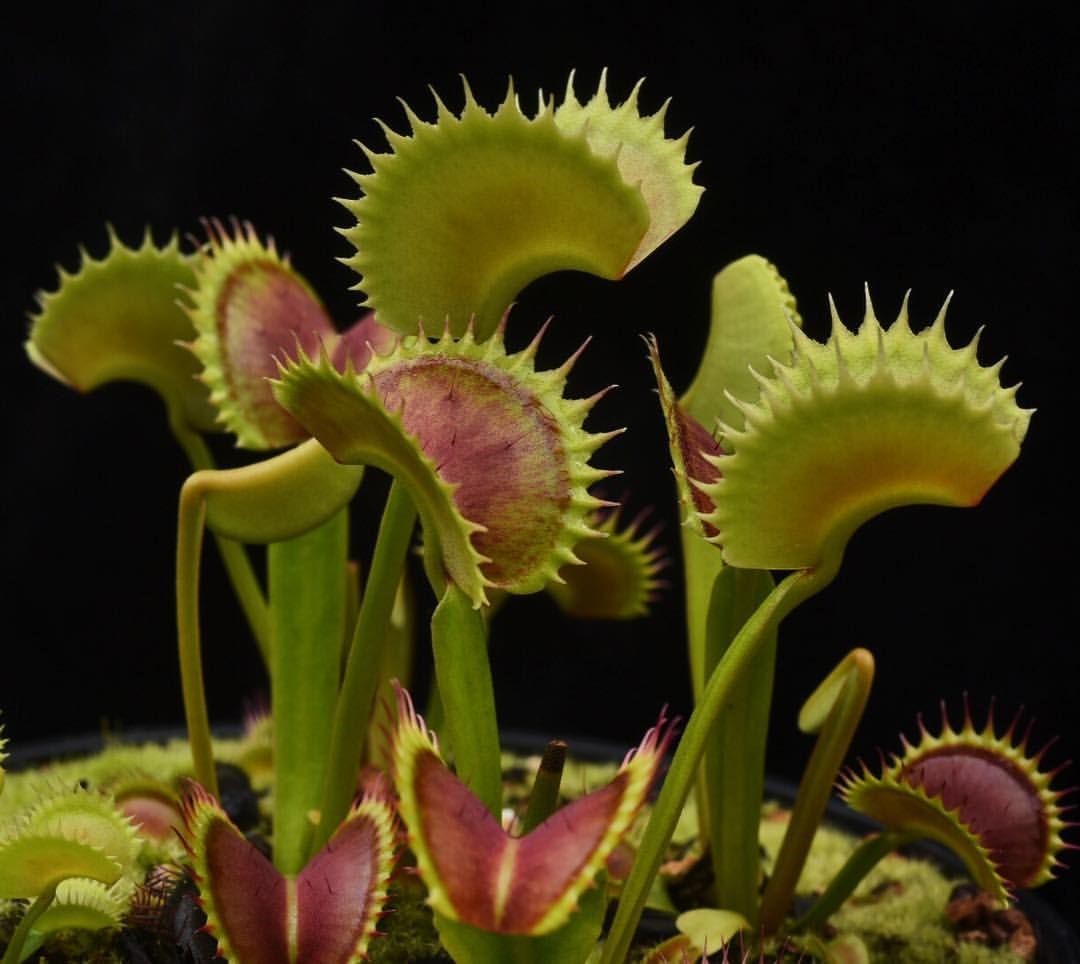
Source: Pinterest
Venus flytrap is a small but busty insect-eating plant. This carnivorous plant has small flaps that look like open mouths. These contraptions wait for their prey to sit on the surface. When an insect comes in contact with the interior of these flaps, they immediately close, thus trapping the insect inside. The insect is then ingested by the plant and processed into nutrients.
Pitcher Plant
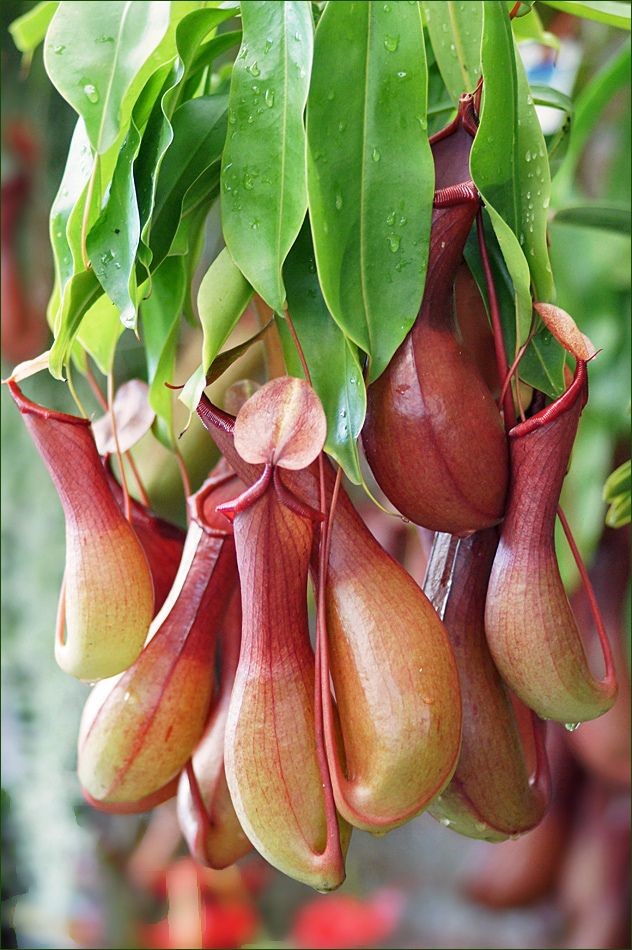
Source: Pinterest
Pitcher plants are also pretty commonly grown and preferred by plant parents. The very name of the plant is derived from the shape of its prey contraptions. These contraptions are different from leaves and hang down like water pitchers. They are slightly elongated in shape and contain a single cleanable flap on the top. When an insect sits inside the contraption, the flap closes, and the plant secretes juices that kill and digest the insect.
Cobra Lily
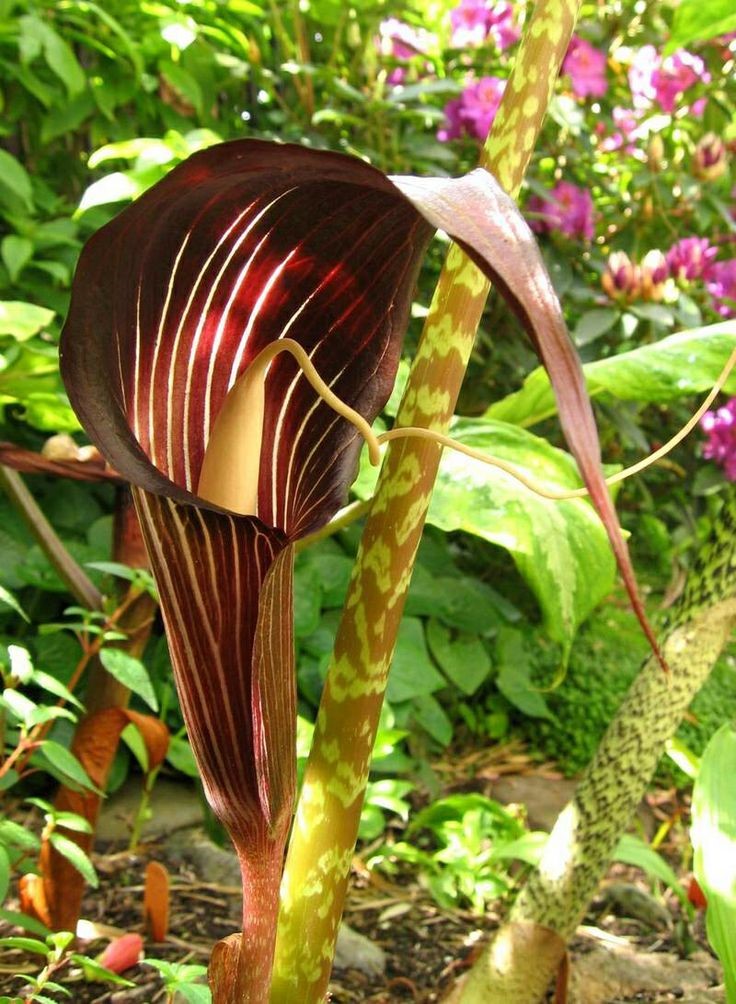
Source: Pinterest
Cobra lily is a rather beautiful carnivorous plant. The name of the plant is derived from its flower, which looks like a Cobra hood. These flowers can reach 30 centimetres in height and sport a rich burgundy colour with yellow stripes. They can be grown at home from bulbs and occur naturally.
How to grow and care for insect eating plants?
Insect eating plants are rather difficult to take care of. They are mostly kept in terrariums or hanged in baskets depending on the variety. You need to use a good and well drained potting mix of sphagnum moss to plant these varieties. You can also use 50% cocopeat and 50% perlite for a good potting mix. The plant also requires plenty of sunlight for at least 6 hours a day.
It is not recommended to fertilise carnivorous plants very often. You can use nitrogen fertilisers once every month. However, monitor the amount you are using and avoid going overboard every time you fertilise theFor example, Nepenthes and Venus flytrap..
For example, Nepenthes and Venus flytrap.
Insect eating plants: Benefits
Insect-eating plants do not have a host of benefits. However, they are excellent as decorative plants and act as a green accent to your living room. They are prized plants and are pretty coveted by people who are interested in gardening.
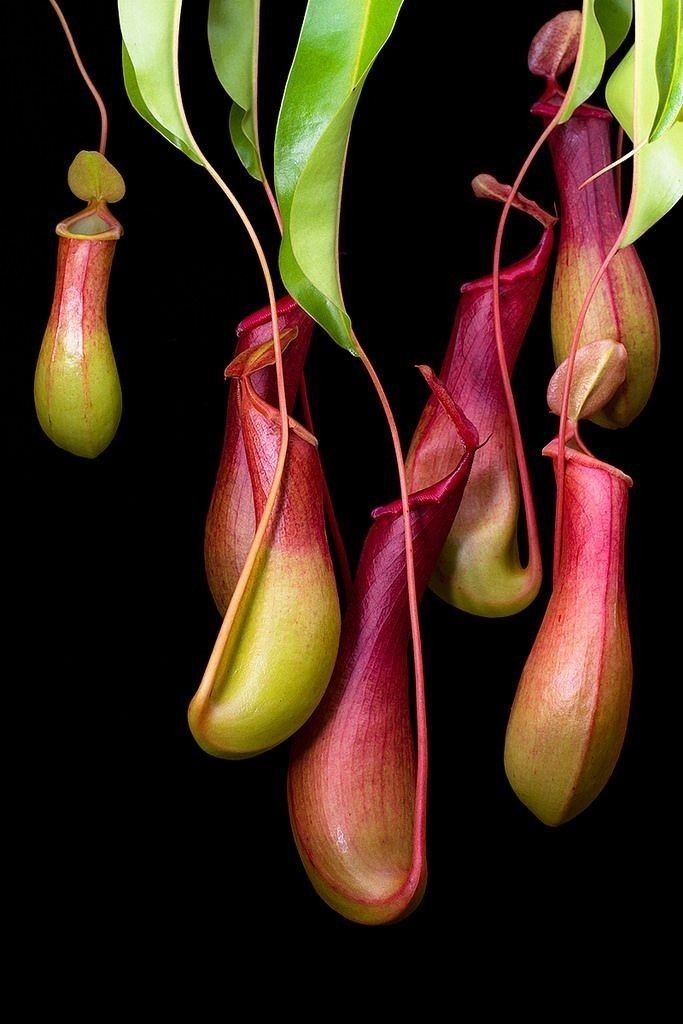
Source: Pinterest
These plants also help keep away insects like mosquitoes, flies, etc. This helps in maintaining the sanitisation of the house and prevents the spread of diseases like dengue and malaria. Additionally, they help maintain the ecosystem as well.
Can carnivorous plants survive indoors?
Yes, it is possible for carnivorous plants to survive inside the house but growing them at home is different from growing normal plants.
- For a good growth, they need soil that are more acidic in nature.
- Note that the soil should be moist but well drained to save your plant from root rot, a common reason why most plants die.
- Bright light but not direct sunlight but indirect sunlight.
- A high humid environment for the plant to survive and grow.
- Water that doesn’t have much minerals or is alkaline in nature.
- Plant food in the form of insects which they plants eat for their normal functioning and growth. You can keep the plant inside a terrarium and release the insects inside it.
Which carnivorous plant is the easiest to grow?
Venus flytrap is the easiest to grow and most beginners start with this.
FAQs
What are the most common insect-eating plants?
Some of the most common insect-eating plants include Butterworts, pitcher plant, and Venus flytrap.
How to take care of insect-eating plants?
Insect-eating plants are very high maintenance and require skill to keep them alive. They need high nitrogen fertilisers and well-drained soil so that water doesn't lead to root rot.
Are carnivorous plants real?
Yes, carnivorous plants are real. However, most carnivorous plants eat insects and the like and are actually pretty small in size.
What fertilisers are required for insect-eating plants?
Insect-eating plants best thrive on high nitrogen fertiliser. You can add these fertilisers every month to see healthy growth in the plant.





